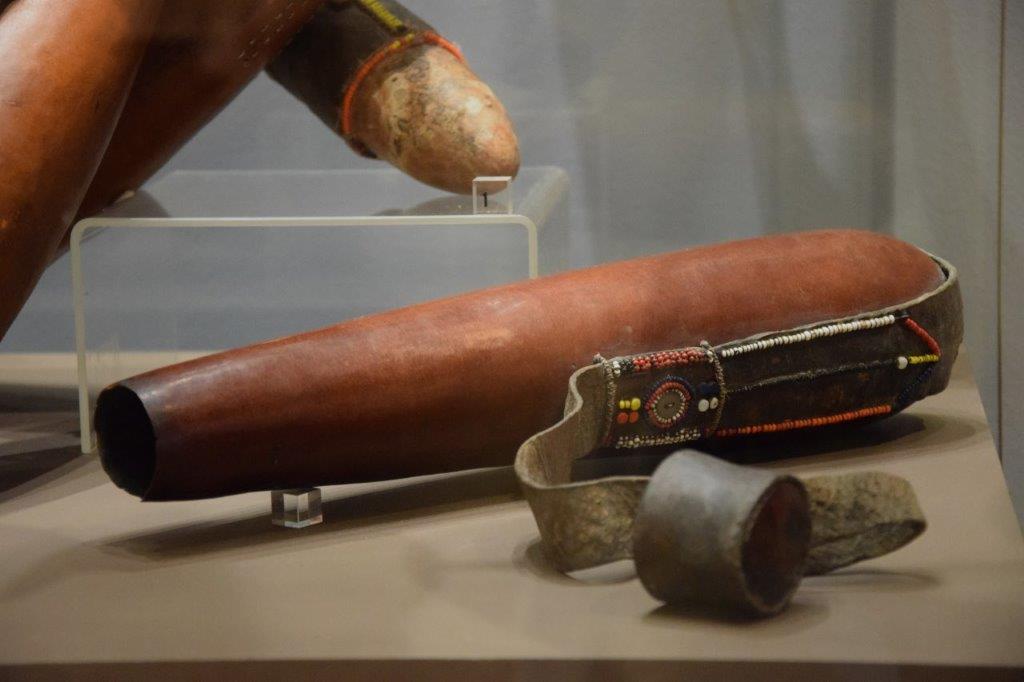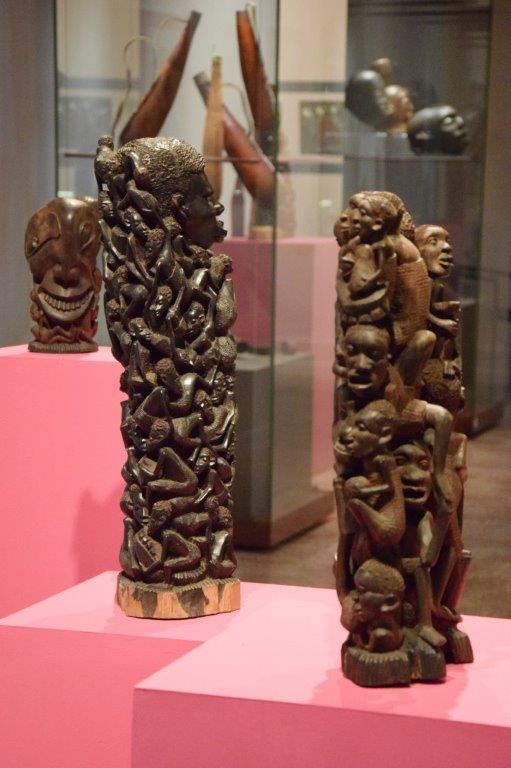The occasion to present art of East Africa, which has rarely been displayed at The National Museum in Szczecin, was the participation of our institution in the project entitled “Transcultural Perspectives in Art and Art Education” (TPAAE), financed within Horizon 2020 UE research and innovation programme, carried out in Kenya.
The word “rembo” used in the title origins from the Swahili language, which is used as a lingua franca in East Africa, and means admiration towards objects, in contrary to “mrembo” used for people. The appearance of this word in the exhibition title reflects the motifs that were followed in the selection of the exhibits.
There are very many objects in East Africa that are admired not only by the local population, but also by tourists. This wide assortment was signaled at the exhibition by the presentation of magnificent jewellery from Ethiopia, Kenya, Rwanda, as well as beautifully beaded Maasai milk containers made of gourds. The main objects, however, are sculptures. In addition to the Mapiko masks of the Makonde people and figurines from the Sukuma, Nyamwezi, and Kwere groups – which are examples of traditional sculptures made for the needs of the local population for initiation purposes or for fertility and ancestor cults – several contemporary sculptures are shown. They are made of wood called mpingo (Dalbergia melanoxylon), which is a type of ebony. They appeared to satisfy the tastes of European buyers.
As early as in the colonial times, numerous traders and missionaries paid attention to the craftsmanship of local sculptors, and saw great economic potential in their skills. Although the production of this type of figure has more than a hundred years of tradition, they are still referred to as “contemporary”. Over the century, the art of making these sculptures has changed significantly: from images of animals reproduced in thousands of copies, figures on Christian themes made at the request of European missionaries and traders, to individual patterns and innovative, recognizable styles, the most popular of which are Binadamu, Ujamaa, Shetani, and Mawingu. Among the anonymous artists working in sculpture cooperatives, there have been many artists aware of their talent and vocation. The exhibition includes examples of all four most popular styles of contemporary Makonde sculpture. Binadamu, translated from Swahili as “humanity”, represents Africans doing their everyday activities. Sculptures in this style appeared in Mozambique in the early 1930s, and Nyekenya Nangundu is considered their creator. Ujamaa style, originally called Dimoongo (“power of strength”), are multi-figure compositions. The creator of this stream was Roberto Yakobo Sangwani. The first sculptures he made depicted groups of wrestlers carrying the winning competitor over their heads. Now they are mainly an allegory of unity and present the members of a community gathered around their leader. Shetani is a style that refers directly to creatures that combine human and animal features. Some of them are harmless, others are malicious and dangerous to humans. Shetani are the characters of many stories, they are told to be responsible for all misfortunes, difficult situations, and strang or inexplicable events. Children are scared of them. Jokes are told about the friendly and clumsy ones. The first sculptural image of the Shetani was made by Samaki Likankoa in 1959, which aroused great interest among buyers and consternation among Makonde. Each of them knew the stories about the terrifying appearance of the Shetani, but hardly anyone had the chance to meet them, and now, thanks to the sculptures, they are possible to face. Over time, this style found a lot of followers. At the exhibition you can see sculptures by Adelino Issofu from Mozambique, which combine the Ujamaa and Shetani styles. In his works, a frightening, contorted face emerges from the group of people gathered together. The last example of which can be admired at the exhibition is Mawingu, which means “cloud” in Swahili. Clouds inspired the creator of the style – Clements Ngala. Sculptures made in this spirit are abstract, have soft shapes, and their interpretation leaves a lot of room for the imagination. Contemporary Makonde sculpture is constantly evolving and new styles are emerging all the time. For example, Chanuo Maundu, who died in 1994, considered one of the masters of mpingo woodworking, introduced four different styles on his own.
The exhibition is dominated by sculpture, but it is also worth paying attention to small pictures painted on plywood, which are examples of Tingatinga painting, named after its creator – Edward Saidi Tingatinga. Like with the contemporary sculpture, this painting style was created for the needs of visitors. Edward Saidi Tingatinga started painting in the early 1960s. The theme of his works were genre scenes taken from the lives of his relatives and The Big Five of Africa (animals: lion, elephant, buffalo, rhinoceros, and leopard). His work found many followers who copied already known motifs and introduced new ones. Currently, Tingatinga painting is one of the trends in modern Tanzanian art. Although several dozen years have passed since the appearance of the first modern sculptures made in mpingo wood and of Tingatinga painting, the number of their enthusiasts is constantly growing.
All the objects on exhibition are part of the collection of The National Museum in Szczecin.
REMBO │ BEAUTIFUL
Art of East Africa
The National Museum in Szczecin, ul. Wały Chrobrego 3
Exhibition available until October 31st 2021
Curator: Ewa Sitarek
Text: Ewa Prądzyńska















